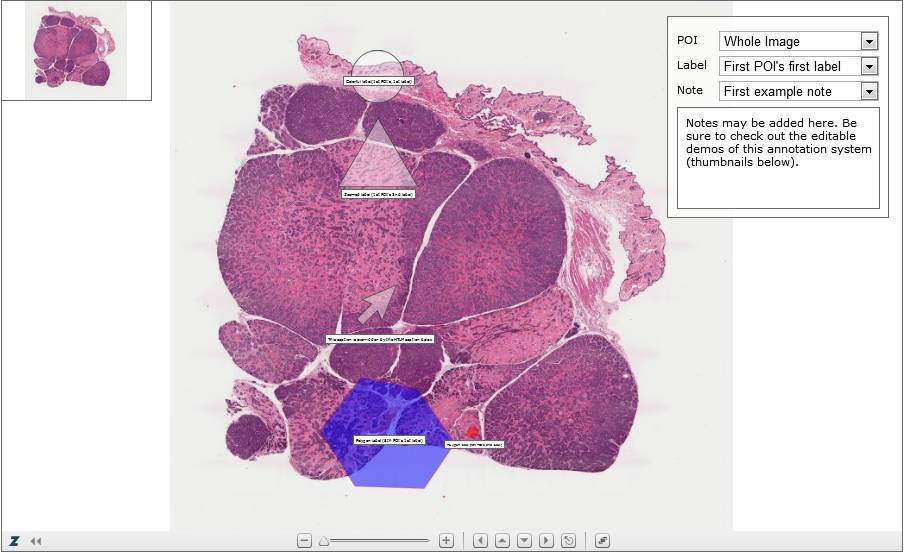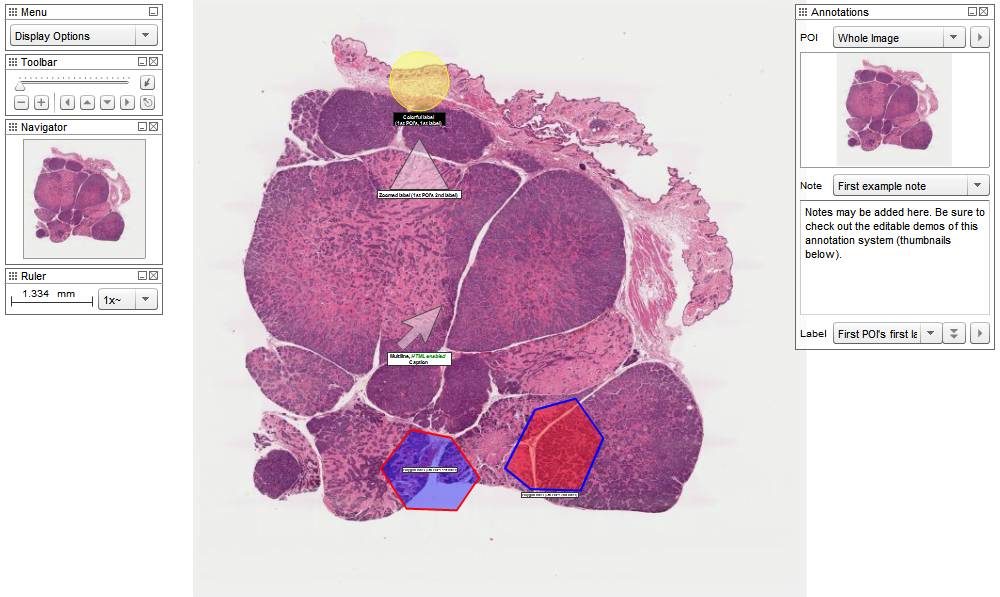We have been investigating using the Learning Tools Interoperability (LTI) tool available through our VLE, WebLearn (Sakai), in order to authenticate users for various services that we provide (or are considering providing), including Rogo, iCases and OxPro. We initially thought that this would mean we could take user/authentication control completely out of these systems, but unfortunately (in terms of ease, but fortunately in terms of security) it is not so easy.
The LTI specification has been created by the IMS Global Learning Consortium and uses OAuth to sign requests for accessing a tool. The Tool Provider (TP), e.g. Rogo, iCases or OxPro, stores a secret and an ‘oauth_consumer_key’ for each Tool Consumer (TC), e.g. WebLearn. When a tool is launched from the TC through LTI, a signed request is sent to the TP. The TP uses the oauth_consumer_key sent with the signed request to look up the secret, recreate the signature and check that the signatures match. Matching signatures results in a valid request, and the user is allowed to access the tool. If everything within the tool is available to every user this is as complicated as it gets. It is also possible to differentiate access rights based on a user’s role, which should (i.e. it is recommended by the LTI specification) be passed through in the LTI launch data. Both of these scenarios do not require any user information or privileges to be stored by the TP.
The situation gets more complicated when a user should only be allowed to access certain resources within the TP. This is the situation with Rogo, for example, as a student who is allowed to access Rogo should not necessarily be allowed to access every paper within Rogo. Therefore, the Rogo team at the University of Nottingham have implemented LTI in such a way that it is necessary for Rogo to contain it’s own user information. When a user first accesses Rogo through LTI, they must login separately to Rogo. Rogo then stores a link between the user_id passed through in the LTI launch data (which, in combination with the oauth_consumer_key, uniquely identifies the user) and the user within the Rogo system. Thereafter that user should never again need to login to Rogo when coming in through LTI from the same TC.
An LTI link to Rogo only provides a user with access to a single paper. In order to define which paper is linked, the first time an administrator/module convenor (as defined in Rogo) accesses the LTI link (which should be when the link is set up in the TC), they choose the paper from the list of papers for which they are an editor. Thereafter, students coming in through this LTI link will only be able to access that paper (and then only if they are allowed to access that paper within the Rogo system, i.e. they are a member of the module to which the paper belongs).
The situation with Rogo causes problems for us, as we want our students to be able to login using the University of Oxford single-sign-on system (which is used to login to Weblearn), and not need a separate set of login details for Rogo, even if they only need them for their first login. Therefore, we are looking into logging users into Rogo directly through the single-sign-on system, rather than using LTI.
For iCases, we do not want to have to pre-register all users within the system, as is necessary in Rogo. Unlike in Rogo, we are planning only allow access through LTI. We will then create a user profile when a user first accesses the system and this user profile will be linked to the LTI user_id/oauth_consumer_key. WebLearn passes through sufficient information (email address, name, and hopefully single-sign-on username) that we can know who a student is based on this LTI launch data, so we can monitor students’ activity and performance. This information is not required under the LTI specification, but we will make other institutions who use iCases aware that in order to track students’ activity and performance, their TC will need to provide this information, otherwise they will need to find out who a user is based on the user_id passed through in the launch data.
An LTI link to iCases will only allow a student access to a single iCase. If a user wants to access a different scenario, they will have to come in via a different LTI link, with the appropriate resource_link_id. We would prefer not to maintain a list of user/scenario associations, which would enable users to access multiple scenarios through a single link. However, we are still in the early stages of implementing LTI for iCases, and it may be something we choose to do further down the line.


